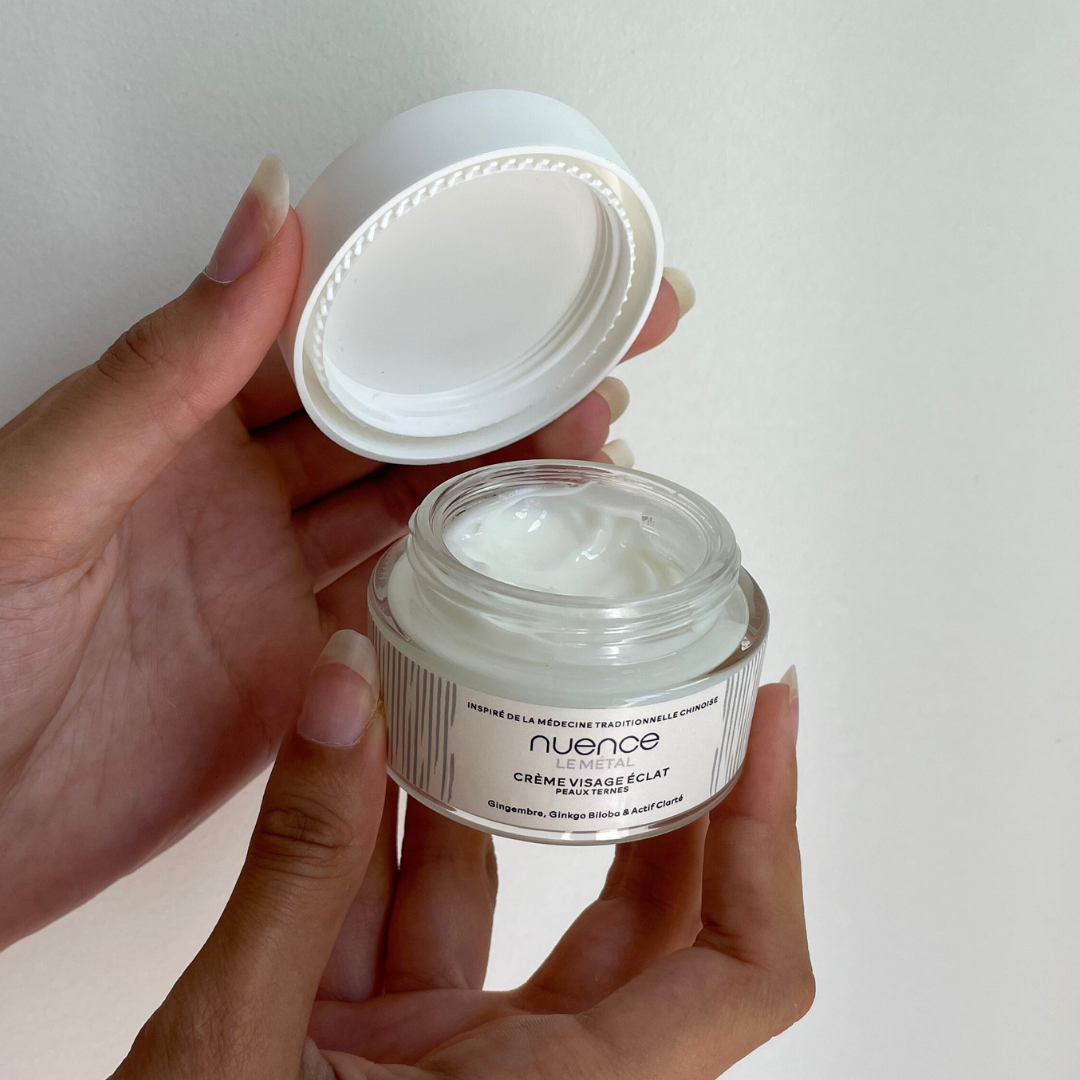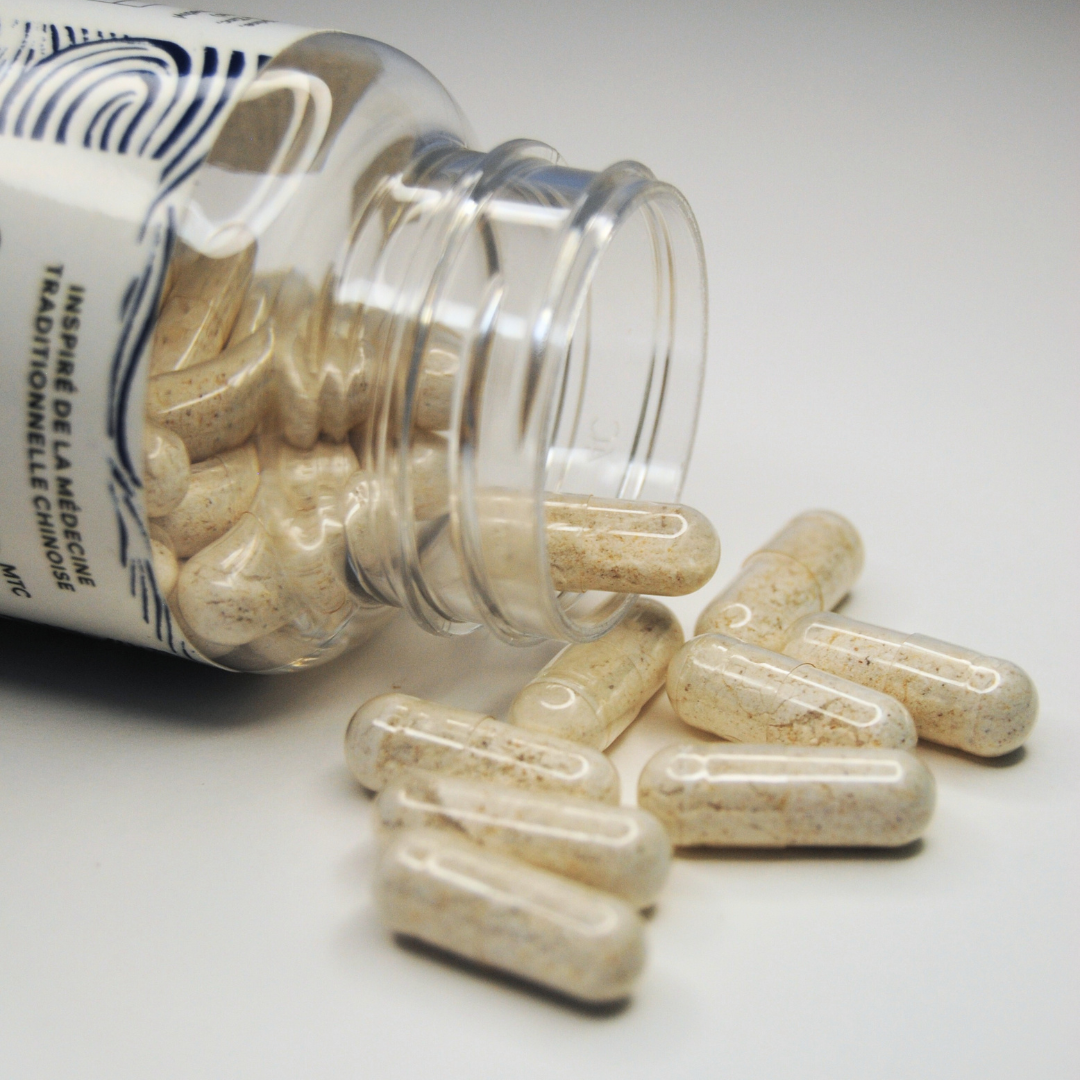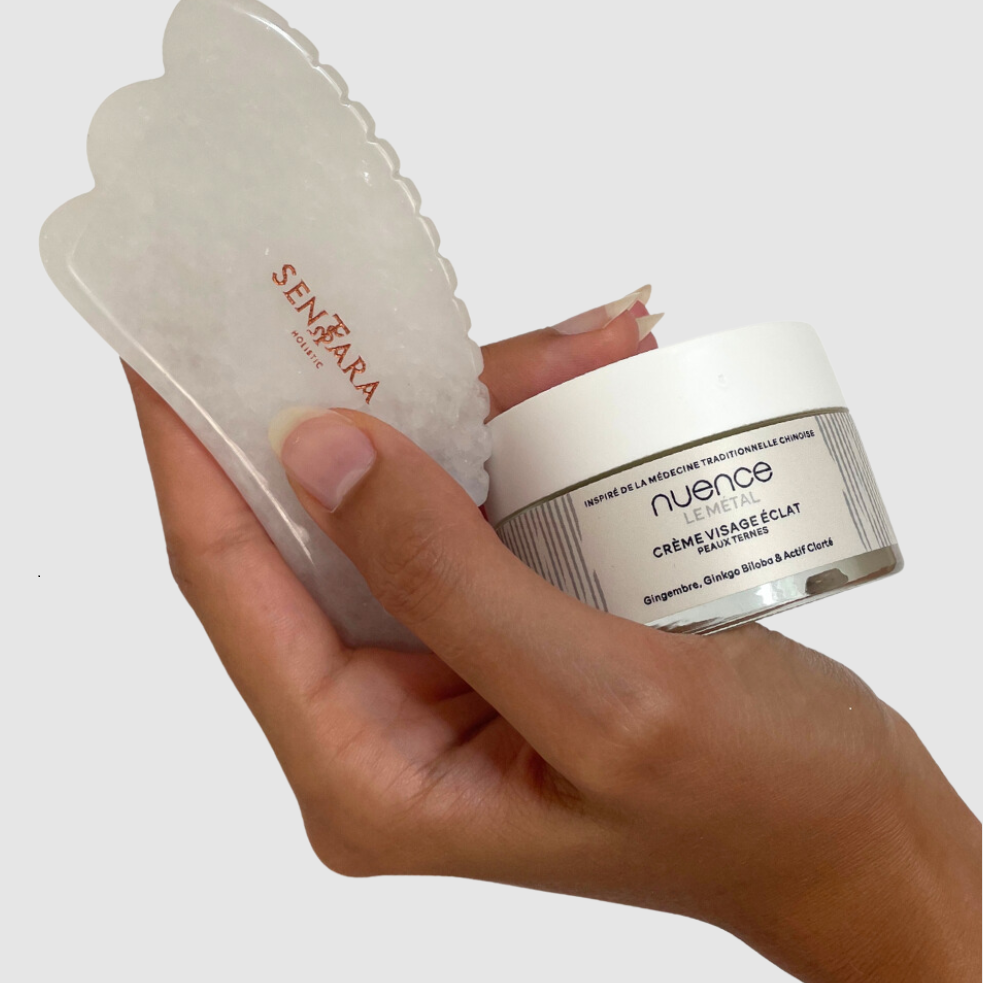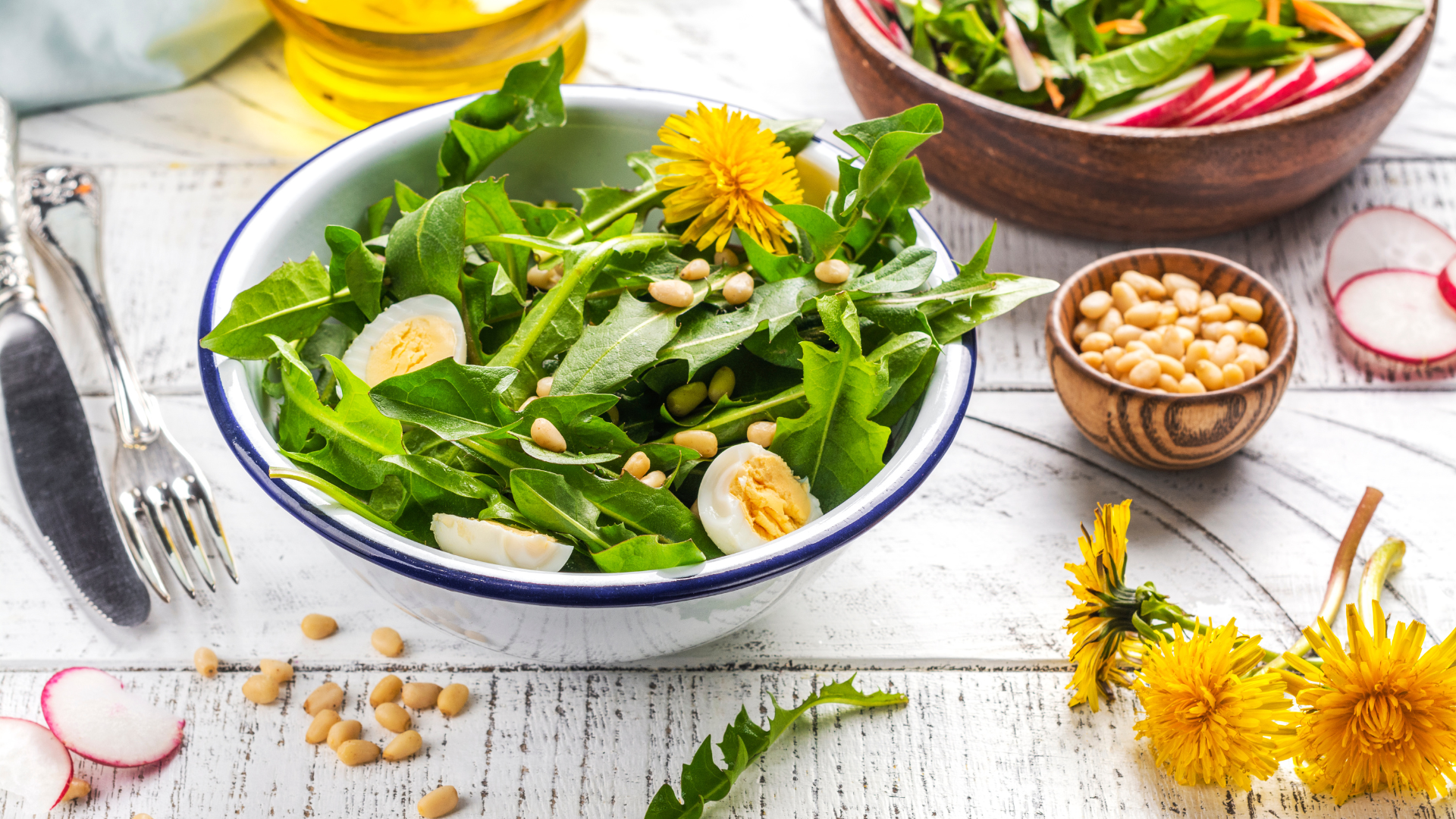Summary :
- Presentation of the plant
- Benefits and precautions
- Harvesting tips
- What parts of the dandelion should I use?
- Spring Salad Recipe (Leaves)
- Dandelion Flower Jam Recipe
- Fried Dandelion Flowers Recipe
- Recipe for flower buds prepared like capers
- Purifying herbal tea recipe (roots)
With the arrival of warmer weather, the desire to walk in the countryside and purify one's body is felt. The prairie dandelion , thanks to its many medicinal properties, perfectly meets these needs. It is used in cooking for its leaves and flowers, which can be eaten raw or cooked. Its roots are used for their diuretic (draining) and depurative (purifying, detoxifying) properties.
In this article, the Nuence-mtc team has chosen to present several fresh and delicious dandelion recipes. These recipes are simple and allow you to enjoy dandelions in a unique way. Enjoy!
If you've never cooked with dandelions before, why not give it a try? Be sure to follow the recommendations and precautions mentioned in this article.
Presentation of the plant
Dandelion, lion’s tooth (English: dandelion) - Taraxacum (officinale)
Asteraceae family
Dandelion, or Taraxacum officinale , is a perennial plant that grows naturally in meadows, gardens, and fields. It is often considered a weed, but it can be grown for its edible leaves, flowers, and roots.

Sowing and planting:
- Sowing: Dandelion is sown from March to July. It is recommended to sow the seeds in furrows spaced 15 to 20 cm apart and cover them lightly with soil.
- Care: Dandelion requires little maintenance. It tolerates poor soil and does not require fertilizer. It is important to keep the soil slightly moist and to cut the flowers to encourage flowering.
Climate preferences:
Dandelion is very adaptable and can grow in a wide range of climatic conditions. It prefers rich, loose soils but can tolerate poorer soils. It grows well in sun or partial shade and is drought-resistant once established.
Geography
The dandelion is native to Eurasia but is now widespread throughout the world. It is found in temperate and cold regions, where it can survive harsh winters thanks to its deep roots. In France, there are between 250 and 300 subspecies of dandelion.
Benefits and precautions
Dandelion, thanks to its nutrient-rich composition and its ability to stimulate bile , helps eliminate toxins and regulate the intestines. It is a powerful ally for liver health.
If you have any concerns or specific medical conditions, it's always best to consult a healthcare professional before consuming dandelion. This is especially true if you have gallstones or allergies to Asteraceae (such as daisies, chrysanthemums, and marigolds). Pregnant or breastfeeding women are also advised to consult a healthcare professional before consuming dandelion. It may interact with certain medications, including diuretics, blood thinners, and diabetes medications.
Harvesting Tips
To safely harvest dandelions, follow these steps:
- Collection and identification : make sure that it is indeed a dandelion and that collection in the open field is authorized. Dandelion can be confused with several other plants that have similar yellow flowers and can be found in nearby environments:
- Canada thistle (Sonchus arvensis), this plant has yellow flowers that look very similar to dandelions, but unlike dandelions, it produces multiple flowers per stem.
- Coltsfoot (Tussilago farfara): Its yellow flowers resemble those of the dandelion, but its leaves are different and appear after flowering.
- Common snipe (Bidens tripartita): This plant has yellow flowers and serrated leaves that may resemble dandelions.
- Catsear (Hypochaeris radicata): Also called "false dandelion," this plant has similar yellow flowers, but its leaves are more hairy and serrated.
- Cotton candy (Crepis capillaris): Its yellow flowers resemble those of the dandelion, but its leaves are finer and less serrated.

- Choose the right time : Harvest dandelions in spring for the leaves and flowers, and in fall for the roots. The leaves are more tender and less bitter in spring.
- Select a safe location : Avoid areas treated with herbicides or pesticides, as well as areas near roads or polluted areas.
- Use the right tools : Use a clean garden knife or scissors to cut the leaves at the base of the plant. For the roots, use a small gardening shovel to gently lift them out of the soil.
- Harvest carefully : For leaves, choose the youngest and cut them off at the base. For roots, try to keep the long taproot intact.
- Clean well : Rinse the leaves and roots thoroughly with clean water to remove any dirt.
What parts of the dandelion should I use?
- The leaves
The young leaves can be eaten raw in salads, as suggested in the recipe below. Here are the main properties of these leaves:
- Diuretics : These help eliminate excess water from the body.
- Nutrient-rich : Contains vitamins A, C, K and E, as well as calcium, iron, potassium and magnesium.
- Detoxifying : Promotes liver and gallbladder health.
- Antioxidants : Protect cells against oxidative damage.
Caution: Dandelion leaves have a bitter taste, especially when harvested after flowering. However, this taste can be reduced by harvesting them young, before the flowers open. Young leaves are more tender and less bitter.
To reduce bitterness, you can also blanch the leaves by briefly dipping them in boiling water before using them in salads or cooking.

Recipe: Spring Dandelion Salad
Ingredients :
- 2 cups young dandelion leaves, well washed
- 1 apple, cut into thin slices
- 1/4 cup walnuts, lightly toasted
- 1/4 cup crumbled goat cheese
- 1/4 cup radishes, thinly sliced
- 2 tablespoons of balsamic vinegar
- 1 tablespoon of honey
- 3 tablespoons of olive oil
- Salt and pepper to taste
Instructions :
- In a large bowl, combine the dandelion leaves, apple slices, walnuts, goat cheese, and radishes.
- In a small bowl, whisk together the balsamic vinegar, honey, and olive oil until smooth.
- Pour the dressing over the salad and toss gently to coat all the ingredients well.
- Season with salt and pepper to taste.
- Serve immediately and enjoy this fresh and nutritious salad!
This salad is not only delicious, but also rich in vitamins and minerals.
Enjoy your food !
- The flowers:
The blooming flowers can be eaten in salads, cooked into syrup, or made into jam (see below). The buds can be prepared like capers or fried.
- Antioxidants : Polyphenols present in flowers help protect against cardiovascular diseases.
- Anti-inflammatories : Reduce inflammation and can help relieve muscle and joint pain.
- Rich in vitamins : Source of vitamins A and C, beneficial for the skin and the immune system.
Cramaillotte recipe:
Cramaillotte, also known as dandelion jam, is a traditional French jam made from dandelion flowers. Native to the Franche-Comté region, this jam is prized for its floral and slightly lemony flavor. It is often used as an alternative to honey, particularly by vegans.
To make cramaillotte, you need to harvest the dandelion flowers, boil them with sugar (equal weight or, if you prefer it less sweet, 1/3 sugar to 2/3 flowers), lemon, and sometimes apples, then strain them and put them in jars. This jam is delicious on toast or brioche. Enjoy!

Recipe: Dandelion flowers prepared like capers
Ingredients :
- Dandelion flowers (flower buds before blooming)
- White vinegar
- Salt
- Water
Instructions :
- Harvest dandelion flower buds before they open.
- Wash them thoroughly to remove any dirt.
- Boil water with salt (about 1 tablespoon of salt per 1 liter of water).
- Dip the flower buds in boiling water for 2 minutes.
- Drain them and let them cool.
- Place the flower buds in a jar and cover them with white vinegar.
- Let marinate for at least a week before eating.
Recipe: Fried Dandelion Flowers
Ingredients :
- Dandelion flowers (open flowers)
- Olive oil
- Salt
- Pepper
- Garlic (optional)
Instructions :
- Harvest the open flowers of the dandelions.
- Wash them thoroughly.
- Heat the olive oil in a pan.
- Add the dandelion flowers and fry them over medium heat until golden brown and crispy.
- Season with salt, pepper and optionally chopped garlic.
- Serve warm as a garnish.
- The roots:
The roots are good cooked (like other root vegetables) or in decoction as suggested below (purifying herbal tea). The roots are known for their properties:
- Detoxifying : Used to improve liver health and promote the elimination of toxins.
- Digestives : Help improve digestion and relieve constipation.
- Diuretics : Help reduce water retention.

Purifying herbal tea recipe
Ingredients :
- 1 teaspoon of chopped dandelion root, dried dandelion roots, or dried dandelion leaves
- 1 cup of cold water.
Preparation :
- Boil the water with the root for 5 minutes.
- Filter.
- Drink 1 cup between meals, up to 2 to 3 times a day.
If you can't get your hands on dandelion root but still want to benefit from its cleansing properties, a standardized dandelion root extract is a good option. This can be found in pharmacies and online herbal stores.
To conclude :
If, like us, you are won over by this plant, prolong its benefits by starting a course of Nuence-MTC detox food supplement (course of 1, 2 or 3 months).









